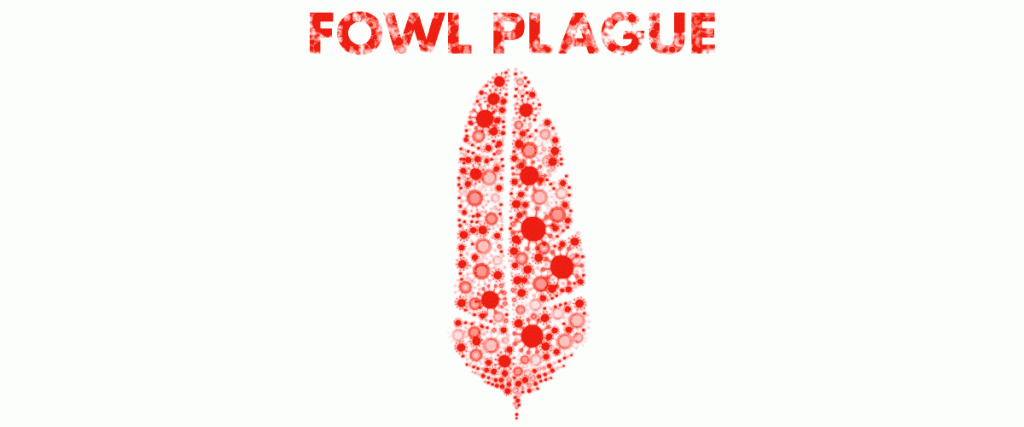
Read the next installment: “Your Pandemics Questions Answered”
Read the previous installment: “The Machine and the Mosquito“

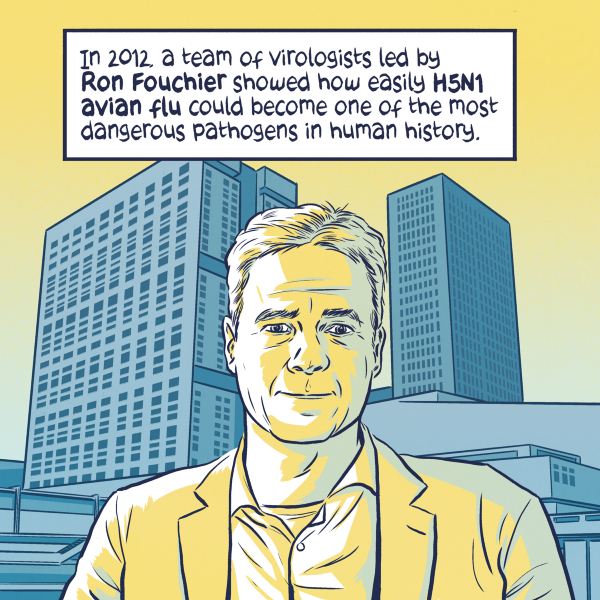
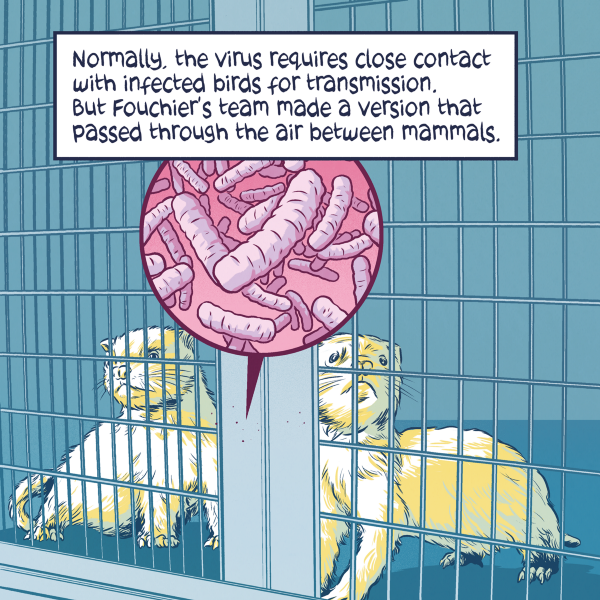
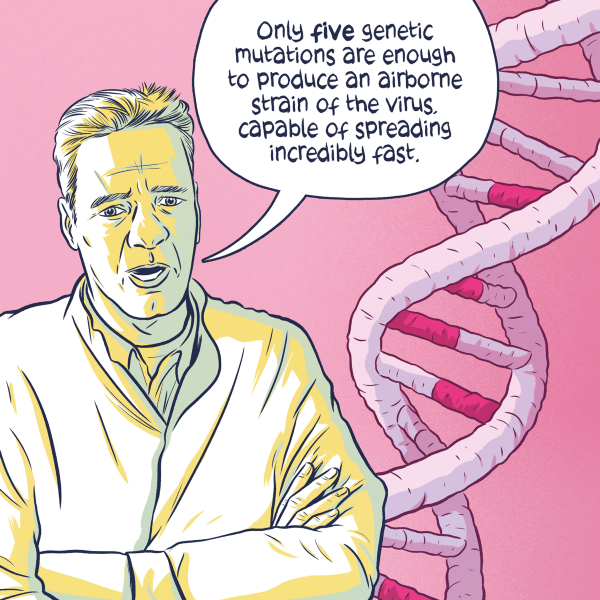
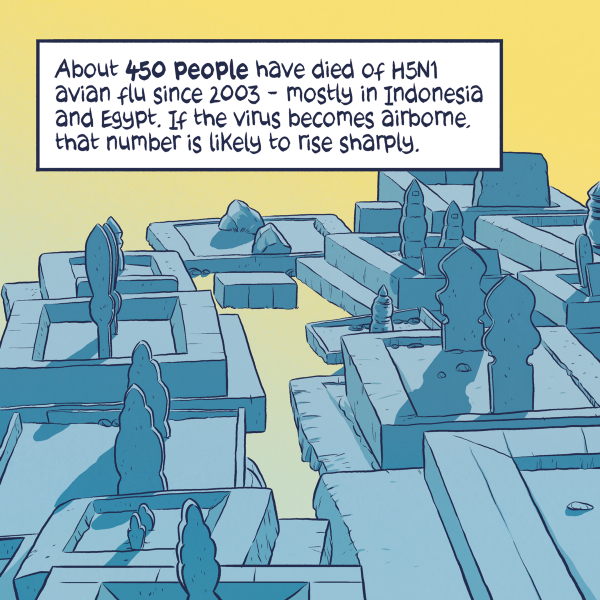
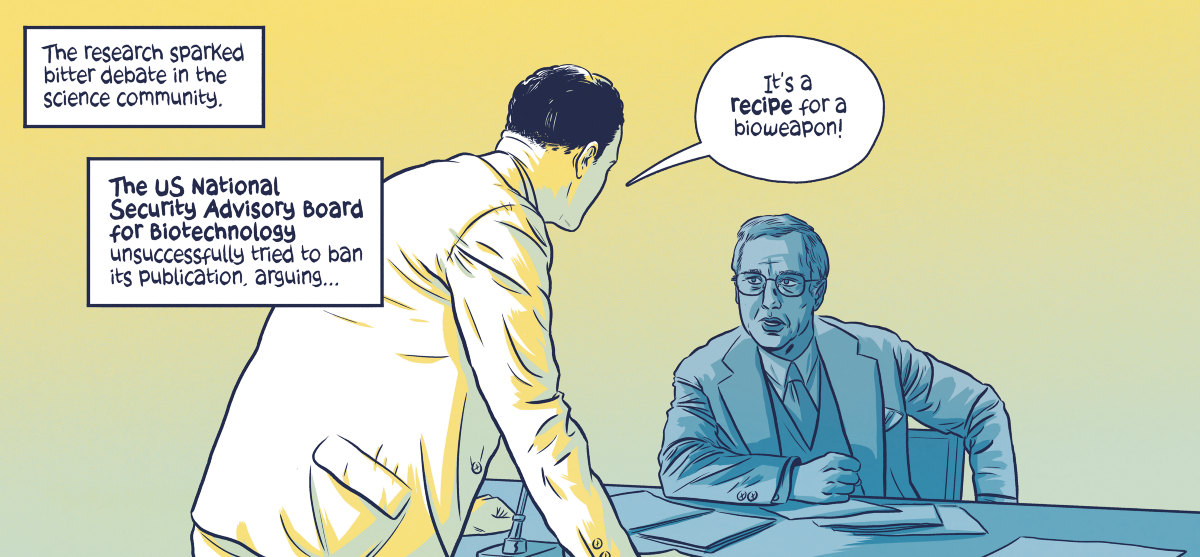
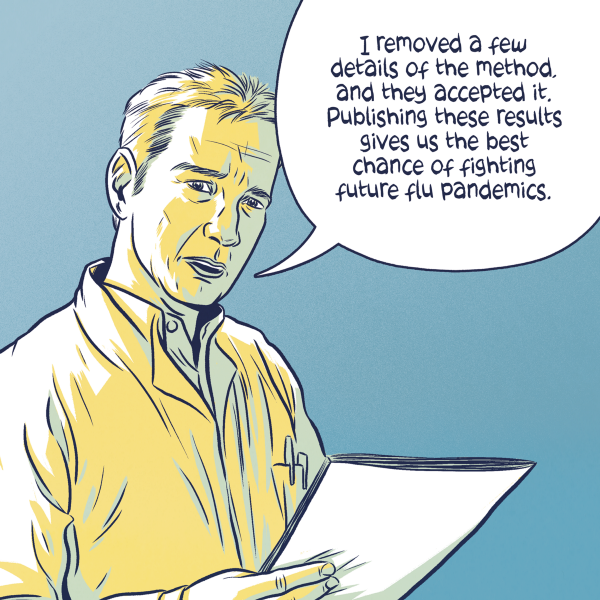
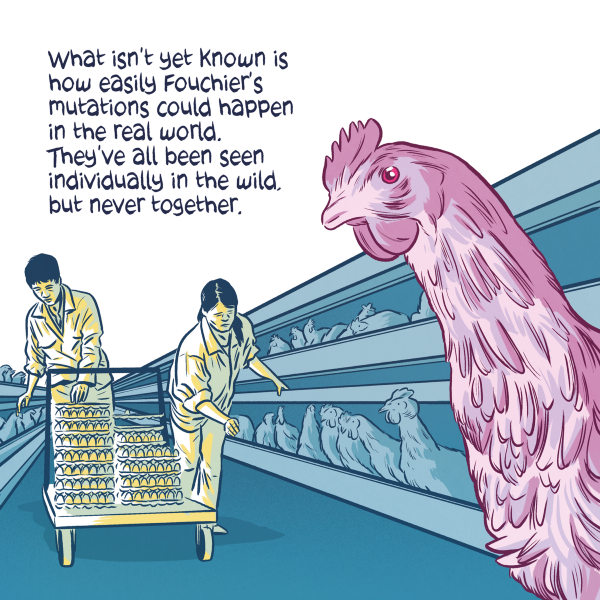
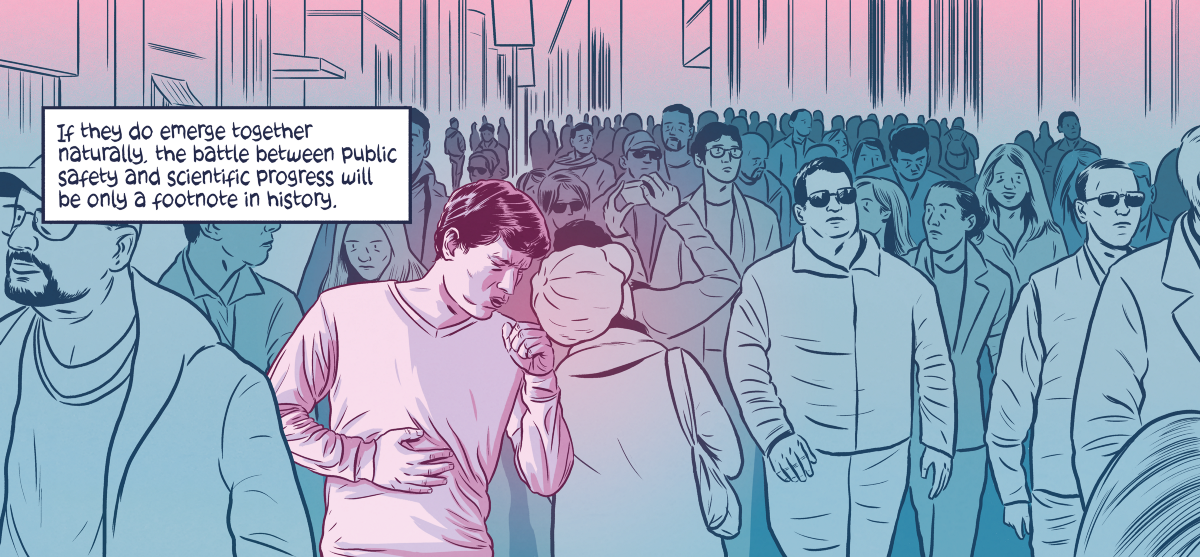
This comic was drawn by Tom Humberstone and written by Duncan Geere, based on episode four of our new series on avian influenza, Fowl Plague.

Read the next installment: “Your Pandemics Questions Answered”
Read the previous installment: “The Machine and the Mosquito“

How We Get To Next was a magazine that explored the future of science, technology, and culture from 2014 to 2019. Fowl Plague is a five-part series that explores the history of deadly global pandemics–and asks whether we’re ready to respond to the next one.
